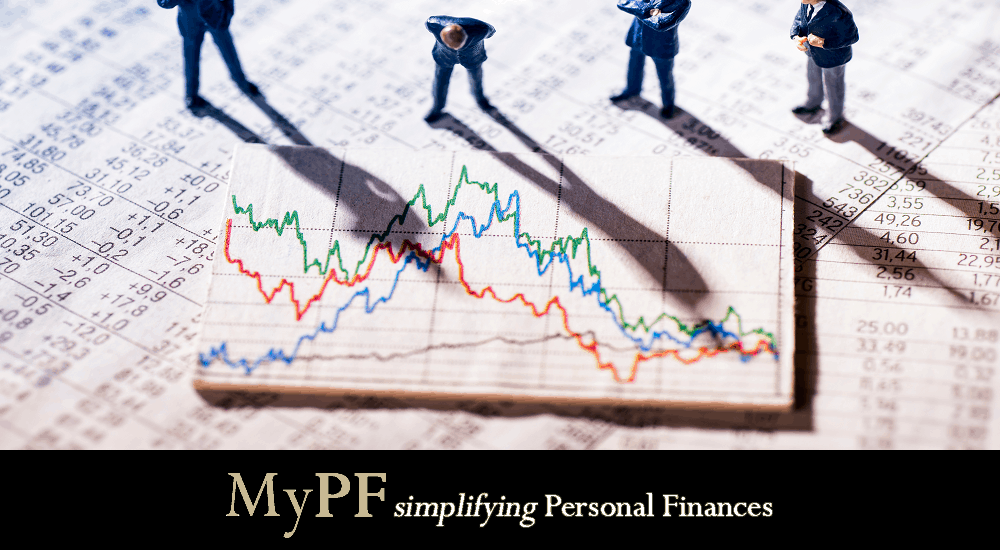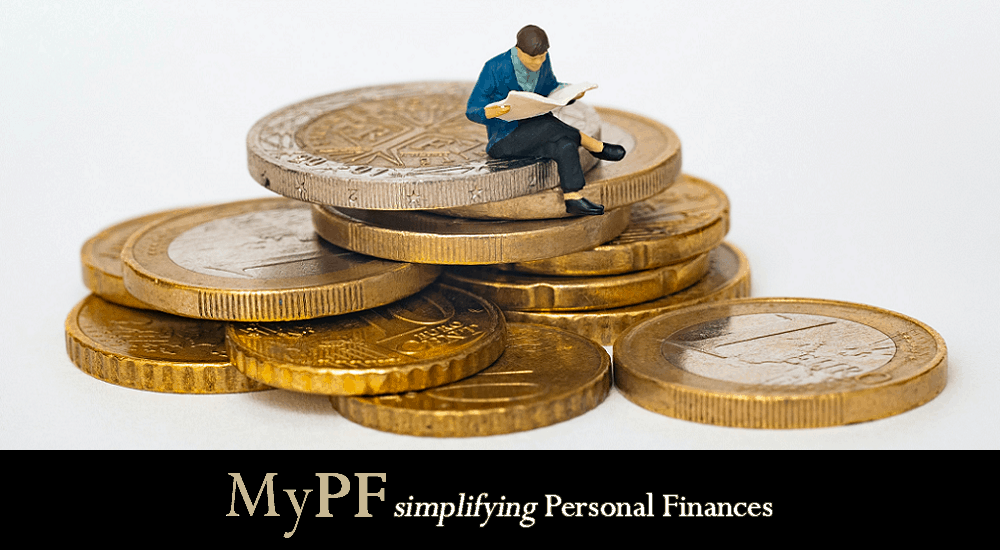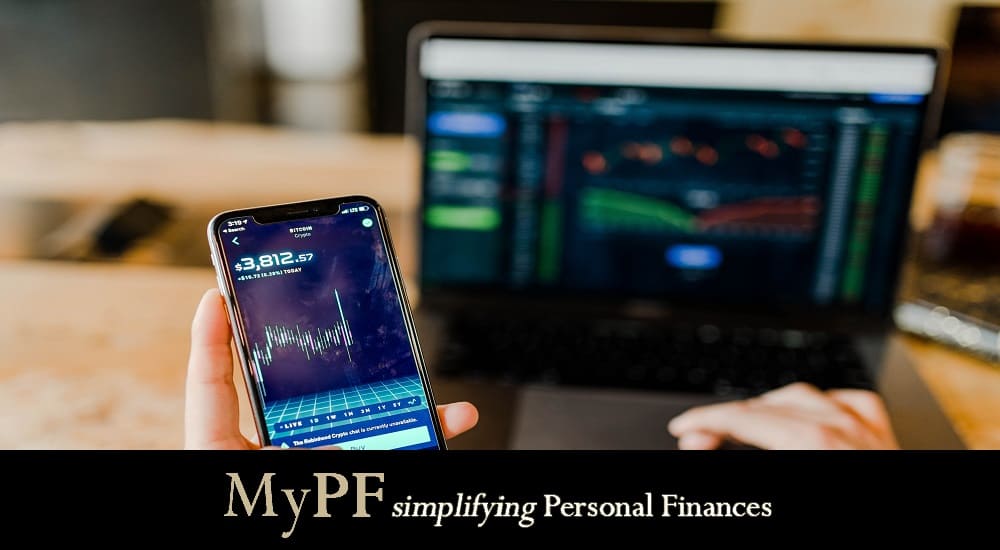How to have your cake and eat it, in the stock market.
“Investment success doesn’t come from “buying good things,” but rather from “buying things well.”
― Howard Marks, The Most Important Thing: Uncommon Sense for the Thoughtful Investor”
Who doesn’t want to buy something which is good and cheap? Don’t you?
But what is “good”? And how do you know if it is “cheap”?
Don’t you want to buy a 2020 Lexus LS just by paying RM50000? And won’t you want to buy 1000 shares of Nestle for RM2000?
That is precisely I want to talk about here – buying good stocks at cheap price. That is the ultimate success of stock investing.
Contents
How to Define “Good” Companies?
My major criterion of a good company is one which provides a high return of capital.
Consider a $100 of additional capital created by a business A employing $200 of capital is more impressive than a business B employing $1000 and getting a return of $300.
Return on investment, ROI (A) = 100/200 = 50%
ROI (B) = 300/1000 = 30%
One major metric is the return on equity (ROE). However this metric can be and is often clouded by the capital structure, one-time-off items etc.
For example a highly leveraged company can have a high ROE during the boom stage of the economy, but can have huge losses and high bankruptcy risk in times of economic crisis. A one-time-off gain item skewed the return and is hence not representative. Hence, I prefer to use the return on invested capital (ROIC) where all capital contributors are taken into account, and resources not utilized in the ordinary operations such as excess cash excluded. It also excludes those one-time off items.
ROIC should be higher than the costs of capitals in order to provide shareholders wealth maximizing.
Return on Capital (Modified ROIC) = EBIT / (Fixed Assets + Net Working Capital)
where EBIT is earnings before interest and tax, or operating income.
Other complementary attributes of a good company are high growth, good cash flows and free cash flow to ensure quality earnings, and a healthy balance sheet as a prudent risk management.
A high growth company will increase its earnings in a fast manner and hence the share price. Without good cash flows, a company will have to continue to borrow money for preservation of its business, business expansion, buying back shares or distributing dividends. Qualitative attributes of a company such as a credible management and good corporate governance would come in handy too.
Now we have decided what a good company is, but exactly what price are you willing to pay for the stock of a good company?
Defining Value
Tons of research has shown that investing in good companies is not necessarily a winning strategy. This is because generally the market has built into it these expectations. The biggest danger is that the firm will lose its luster over time when the high expectations are not realized and that the premium paid will dissipate.
A simple metric used to carry out “buying things well” is to compute the price-earnings ratio (PE) of a stock. A low PE say at less than 10 may signify that the stock is cheap. However, this metric suffers the same fate as in the computation of ROE above, the unstable and manipulative R, or net profit in the bottom-line of the income statement.
Besides, different times, industries, different growth profiles, health of balance sheet etc. will have completely different PE ratios.
Hence, a better metric as in the above is the use of enterprise value (EV) against the earnings before interest and tax (Ebit) to take into account of all capital providers but excluding non-operating cash or cash equivalent.
Earnings Yield = EBIT / Enterprise Value
A low EV/Ebit, or a high earnings yield (Ebit/EV) of more than say 15% may signify the stock is selling cheaply and vise versa.
Other market valuations methods are enterprise value-to-sales, price-to-book, price-to-cash flow, price-earnings-growth (PEG) etc.
All the above are only valuations in relative terms. The best is if one can estimate the intrinsic value of the stock well and then invest in the company with a wide margin of safety. That involves the controversial discount cash flows analysis.
Why Does This Still Work in Bursa?
Since buying good stuff cheap is so logical thing to do and it is intuitive, why does it still work and how is this advantage not arbitraged away in a supposedly efficient market?
One major reason is the emotional biases inherent in all investors.
Few participants in the stock market are interested in dull stocks with not much of trading activities. There is no fun watching it with little or no movement in share prices of these stocks every day. They are also subject to the detrimental investing behavior of fear and greed, selling stocks cheaply when panic, and buying high at euphoria.
Secondly, there is this institutional imperative. Fund managers are more concerned about their career risks in following a winning strategy if it involves enduring long stretches of relative underperformance which does happen in the short term, but usually not in the long term. They feel that it is safer to be wrong when everyone else is losing money than to be wrong when everyone else is making money which the formula can do.
So, are you ready to utilize this winning strategy, buying good stuff cheap, in Bursa as well as in the international markets to build up your long-term wealth?
Have you bought good and cheap stocks? How was your experience?








Leave A Comment